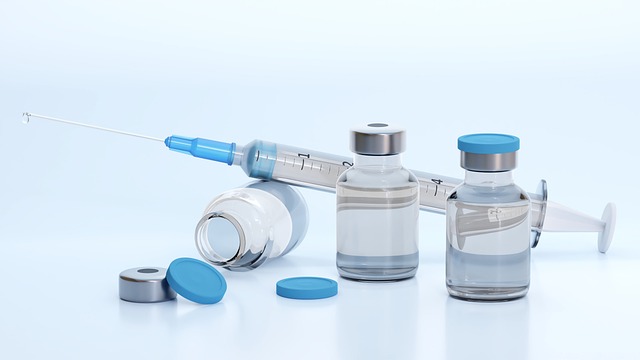Table of Contents
Reinforcing Fragile Bones: A New Frontier in Osteoporosis Treatment
Osteoporosis has long been known as the “silent thief”—slowly eroding bone strength without symptoms until a devastating fracture occurs.
Affecting hundreds of millions worldwide, especially women over 50, it’s a condition that often reveals itself only when it’s too late.

Now, a French biotech startup, Flowbone, is challenging the slow pace of traditional treatments with a novel approach: a fast-acting, injectable hydrogel that could reshape how we prevent fractures and treat weakened bones.
Why Current Treatments Fall Short
Today’s standard osteoporosis therapies—whether they aim to encourage bone growth or reduce bone breakdown—work systemically, affecting the entire skeleton. While effective, these drugs often take months or even a year to show real improvements in bone density.

That delay can be dangerous. According to Dominique Pioletti, head of the Biomechanical Orthopedics Laboratory at EPFL in Switzerland, about 40% of women over 50 will suffer a major fracture due to osteoporosis. For men, the rate is around 20%. And fractures near the hip can be particularly life-threatening, with a one-year mortality rate approaching 20% after such an injury.
Clearly, there’s an urgent need for faster, more targeted options.
Flowbone’s Hydrogel: A Precision-Based Solution
Flowbone’s answer is both elegant and innovative: an injectable hydrogel made from hyaluronic acid and hydroxyapatite nanoparticles, both naturally compatible with human tissue. The gel is delivered directly to vulnerable bone regions, where it acts as a scaffold, encouraging the body to build new bone quickly and effectively.

In preclinical trials on mice, the hydrogel prompted a two- to threefold increase in bone density at the injection site—within just two weeks. That kind of speed is virtually unheard of in osteoporosis care.
Its design also allows it to fit irregular shapes, making it ideal for hard-to-reach or anatomically complex bone structures—something traditional, brittle bone cements struggle with.
Enhancing Results with Drug Integration
Beyond its solo capabilities, the hydrogel also serves as a delivery system for existing osteoporosis drugs. In lab tests, researchers paired the gel with medications like parathyroid hormone and Zoledronate (a common anti-resorptive drug). The outcomes were dramatic: when used in combination, bone density at the treated site increased by up to five times in just a few weeks.

“Injectable biomaterials delivering local anti-catabolic agents can rapidly amplify the effects of systemic treatments,” said Pioletti, explaining how this dual approach bridges the gap between fast action and long-term strength.
Built to Mirror Bone, Not Just Fix It
The secret behind the hydrogel’s performance lies in its biomimetic design. Hyaluronic acid gives it a soft, hydrophilic structure, encouraging bone cells to migrate in and start rebuilding. Hydroxyapatite, meanwhile, mimics the mineral makeup of real bone, stimulating natural regeneration.

This balance of flexibility and strength is key. Unlike rigid bone cements, which can crack or shift, the hydrogel adapts to the bone’s shape—an essential feature for orthopedic success, especially in elderly or fragile patients.
Researchers also believe similar materials could be used for cartilage repair and other orthopedic innovations in the future.
What’s Next? Clinical Trials on the Horizon
With encouraging results in animal models, Flowbone is now preparing for human clinical trials. Their ultimate vision? To use the hydrogel not just in osteoporosis patients, but also in individuals needing stronger bone support for implants, like hip replacements or dental fixtures.
“The path to regulatory approval is long,” admits Régis Gauderon, one of the lead researchers, “but our resolve is stronger than ever.”
If successful, this innovation could significantly reduce fracture risks for millions—and bring peace of mind to patients facing a long wait with conventional medications.

Conclusion: A Leap Toward Faster, Safer Bone Repair
Flowbone’s injectable hydrogel may represent a turning point in osteoporosis treatment. By offering a quick, localized method for strengthening fragile bones, it fills a dangerous gap left by slow-acting systemic therapies.
Whether used alone or alongside current drugs, this hydrogel brings together speed, safety, and precision—offering patients a better way to protect their bones and their independence. If the momentum continues into clinical trials, this could be the beginning of a new chapter in orthopedic medicine: one where bones heal faster, and fractures don’t have to come first.
